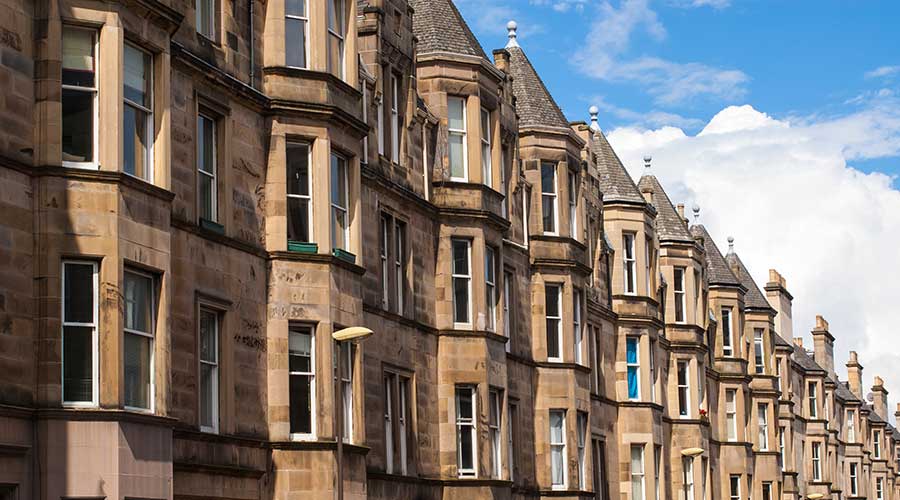Guest Blog: The Scottish Housing Market
31 May 2018

The housing market in Scotland had a reasonably strong 2017 and the start of 2018 looks like a continuation of this trend. Average house prices rose by 4% across Scotland in 2017, with a 4% growth in transactions producing a total growth in the value of property sold north of the border to 8%. House prices are basically rising because there is much more demand than there is supply. This is particularly evident in Edinburgh and Glasgow, where average house prices rose by 6-8% over the last year alone. The Aberdeen market is also showing signs of stabilising after a fairly traumatic couple of years following the oil price crash. This is partly due to the return of the prime and family markets in the main cities, which had been subdued for around two years after the introduction of Land & Buildings Transaction Tax (LBTT), the new Scottish form of Stamp Duty, which brought in higher rates of tax take for properties priced £333,000 and over. The apparent postponement of a second independence referendum has also appeared to settle the mid to higher ends of the market. Demand is spilling out from the cities into the commuter hinterland, where new build development is absorbing demand in locations such as East Lothian in the East and East Dunbartonshire in the West. While the national Scottish average is seven new build homes per 1,000 households, East Lothian is now delivering more than double this at 14.4, with East Dunbartonshire at 10.5. These excess demand conditions are also being seen in the rental market, with sharply rising rents in some parts of Scotland, Edinburgh Aberdeen Scotland Glasgow Dundee Edinburgh Aberdeen Scotland Glasgow Dundee £250k £225k £200k £175k £150k £125k £100k £75k £50k £1,100 £1,000 £900 £800 £700 £600 £500 especially in the Edinburgh hotspots (such as parts of the city centre, southside and western corridor), where there has been double digit rental inflation. Strong growth has also been seen in many parts of Glasgow, although rental markets in cities like Aberdeen and Dundee remain fairly subdued. The introduction of tenancy reform in Scotland in late 2017 as well as other UK-wide tax changes in the Buy-to-Let sector may act as a dampening factor going forward, but housing still remains a good value investment proposition. Despite downside economic and political risks going forward, this picture does not look likely to change much over the next few years. Rettie & Co’s current forecasts suggest house price growth in Scotland of around 19% over the next five years and rental growth of around 16% in the same timeframe. Author: Dr John Boyle, Director of Research and Strategy at Rettie
Sign up to the Lonres newsletter